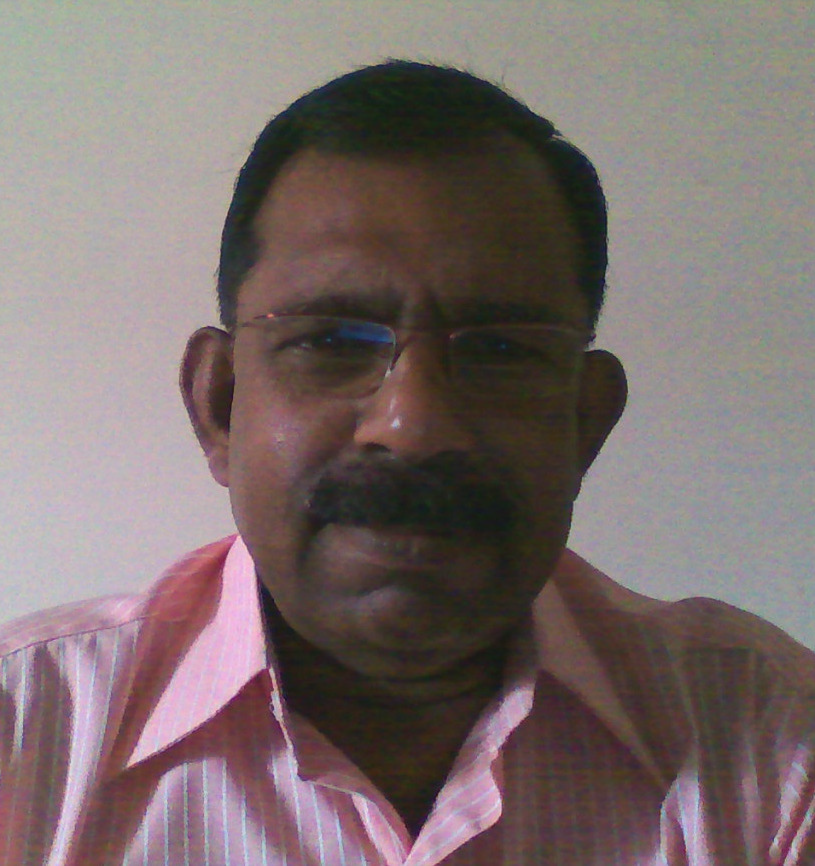AFP photo
By
Jose Kalathil
The US-based Health Effect Institute (HEI) has said in a recently released study on the global burden of disease (GBD) that air pollution would claim more than 4.2 million early deaths. Of these, 1.1 million would be in India, which is more than a quarter of world deaths.
India now ranks second to China in the number of early deaths due to PM2.5. Worse, India tops the list of highest number of early deaths due to ozone pollution.
The rate of increase in early deaths in India is quite scary. While early deaths related to PM2.5 in China have increased by 17.22 per cent since 1990, in India the increase is by 48 per cent. Similarly, while early deaths due to ozone in China have stabilised since 1990, in India these have jumped by 148 per cent.
Air pollution is the leading environmental cause of death worldwide; as many as 92 per cent of the world’s population lives in areas with unhealthy air. The 2017 report presents a deeper analysis than the earlier GBD report (2015) and examines the long term trends from 1990 through 2015.
The more than 2000 researchers of the project enumerated and traced deaths and disability and the influence of behavioural, dietary, and environmental risk factors for more than 300 diseases and injuries, by age and sex, from 1990 to the present, in 195 countries and territories.
The study says, while China has recorded 1,108,100 premature deaths, India recorded 1,090,400 deaths. Even though India had started off with a much lower number of people dying early deaths in 1990, it quickly caught up with China.
Not only the absolute numbers of early deaths are high in India, the rate of increase is higher than China’s. While early deaths related to PM2.5 in China has increased by 17.22 per cent since 1990, in India it has increased by 48 per cent.
Early deaths in India are also the highest among the South Asian countries – it is nine times higher than neighbouring Bangladesh and eight times higher than Pakistan. This is an extremely serious issue – in the past, the GBD estimates had indicated that air pollution was the fifth largest killer in India.
Ozone, a very reactive gas, has also become a serious health problem in India. Even though the absolute number of early deaths due to ozone is far less than those caused by PM2.5 – 107,800 compared to 1,090,400 due to PM2.5 — India records the highest number of ozone-related deaths in the world. Ozone aggravates respiratory problems, especially chronic obstructive pulmonary disease (COPD).
Deaths due to ozone are showing a much higher rate of increase than deaths related to particulate matter. It is this rate of increase in India that is scary: ozone-related early deaths in India have recorded an increase of 148 per cent since 1990. During the same period, health risk from particulate pollution increased by 48 per cent.
Ozone-related early deaths in India are 33 per cent higher than those recorded for China. India has also recorded a much faster increase in ozone-related deaths since 1990 than China – on an average, the increase ranges at 20 per cent in India as opposed to 0.50 per cent in China. In 1990, ozone deaths in India were far less than in China. But now India has surpassed China, where ozone-related deaths have remained more or less stable.
In South Asia, ozone deaths in India are 13 times higher than in Bangladesh and 21 higher than in Pakistan.
This analysis shows that long-term exposure to fine particulate matter has contributed to 4.2 million premature deaths and to the loss of 103 million healthy years of life globally in 2015. This is the fifth highest risk factor for deaths from heart disease and stroke, lung cancer, chronic lung disease, and respiratory infections. This report has looked at 79 health risk factors. An additional 254,000 deaths occur due to exposure to ozone and its impact on chronic lung disease. PM2.5 was responsible for a substantially larger number of deaths than other well-known risk factors.
The European Union is the third highest in terms of health risks from particulate and ozone. The US stands sixth in health risk from particulate pollution and fourth in ozone pollution.



No Comments Yet!
You can be first to comment this post!